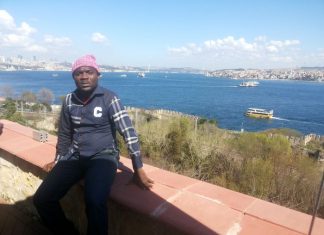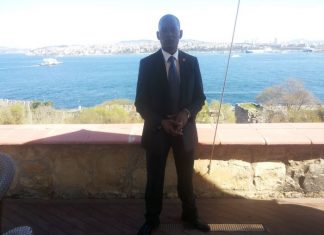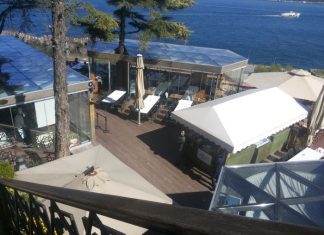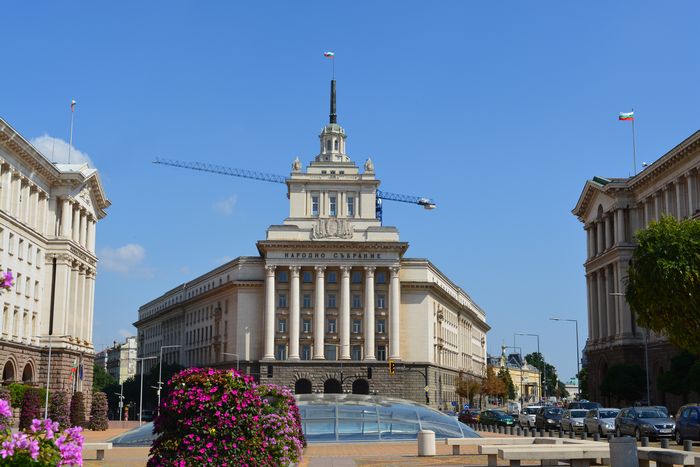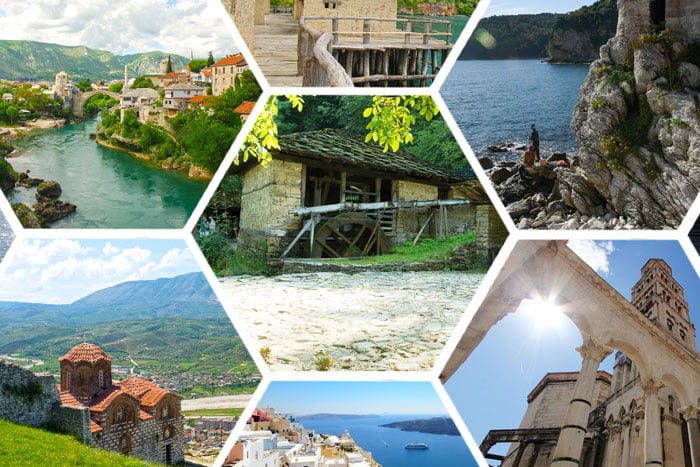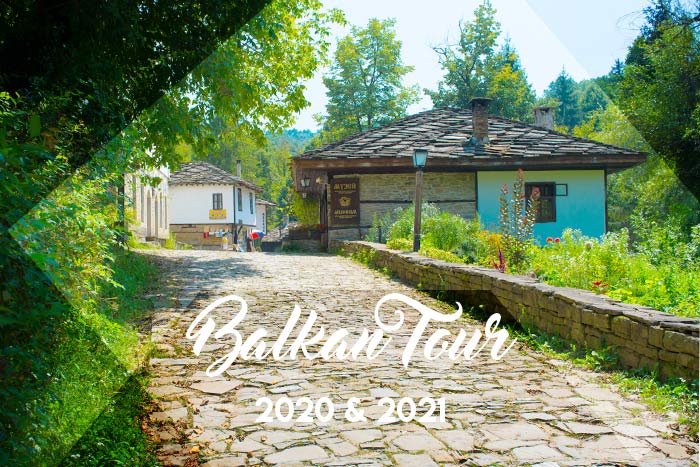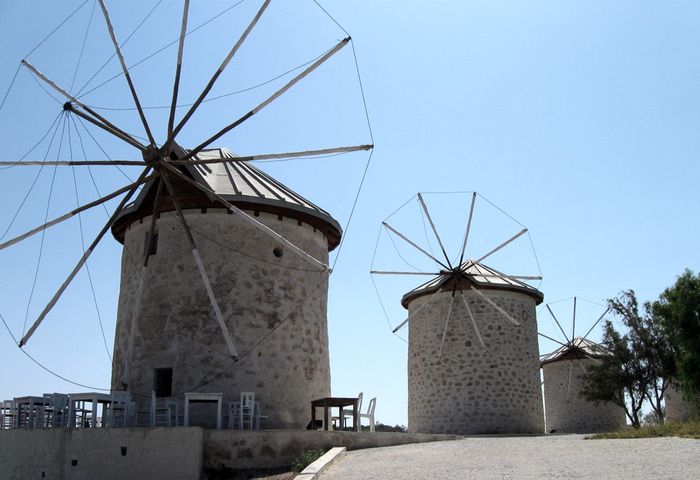Letter from the Governor
Transforming Cities with Visionary Leadership
Farewell to Mardin’s Reformer
When M. Temel Kogaklar, the recent Governor of Mugla, concluded his term in Mardin, where he had...
Shining the Gems
Shining the Gems, One by One…
Mugla Houses are renowned for their courtyard entrances, known as the “Lamb Door,” adorned with lacelike canopies and wooden...
Assos and Troy
Just beyond the “Museum of Olive Oil” at Kazdagı, several historical sites beckon for exploration. One of the most significant among them is Assos,...
Balkan Tours 2023
Balkan Tours 2023, the fairy-tale called Balkan tours (this time Balkan tours 2023) continues. Very famous and still an enigma for many, Balkans never...
Balkan Tours 2022
Balkan Tours 2022, when planning your holiday, think about the Balkan peninsula. Consider the exotic destination where you can experience culture, tasty food, adventures....
The Nestorians imagined Christ’s divinity
Each of the three positions was distinct. The Nestorians imagined Christ’s divinity as a kind of benign possession, a god’s mind in a mortal’s...
Athanasius of Alexandria
Theodosius’s intervention in support of the long guerrilla war that Athanasius of Alexandria fought on behalf of Jesus the god ensured that the hard...
Alexandria Antioch and Constantinople
In a few cities, the more authoritarian and centralized future began to be enacted. The great cities of the east—Alexandria, Antioch, and Constantinople, and...
Balkan Tours 2020 2021
Balkan Peninsula has always been one of the attractive and mysterious destinations around the world. With Balkan Tours 2020 – 2021 you have the chance...
Balkan Tours
Balkan tours – adventurous and relaxing journey
Balkan tours – reading books and watching films about Balkan countries is a good start. Thus you get...
